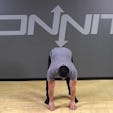Joint discomfort is a common issue among athletes and sedentary people alike. Ranging from common issues like arthritis, tendonitis and soft tissue tears.
There are many ways to look at these types of issues. From the body’s internal environment, i.e. the hormonal and anti-inflammatory environment of the body that could support healthy and robust connective tissues or a physical environment that would break and degrade said tissues.
The type of movement a person performs throughout their day-to-day activities. The level of coördination throughout the body and how they align biomechanically. How balanced is their physical activity? Does the resistance load impact their system in a balanced and gradual manner?
Pain, any pain, is an alarm activated by the body when trying to tell us that something is wrong. Healthy individuals should not experience pain other than the accidental injury here and there.
In this article, we will be looking more into the movement side of the equation through bodyweight training. Having pain-free joints is not just for the young. It is how we should exist on a day-to-day basis. Those of you who move correctly, which is a small majority, probably have a balanced practice put together with all the correct variables.
Add in a healthy eating regimen and you should not experience chronic joint pain. Our bodies have the ability to naturally heal any acute damage to the joint structure, as well as any other structure in our body.
And if you do experience constant pain, you need to start questioning your health. This is a pretty simple concept and is the one thing to look at when things stray from the natural way and into the zone of pain…specifically joint pain.
Manipulating Resistance Through Bodyweight Training
Manipulating weights isn’t less of a natural way of moving than bodyweight training. Both styles could cause joint pain when full consideration of variables isn’t taken into account. There is one significant difference between these two methods of training.
When bodyweight training, you are manipulating your body against other objects. As such, you can create various levels of resistance, and develop strength about your bodyweight. These alignments that will translate well to moving your body in space.
Both styles of training are looked at from the standpoint of joint preparation. If you are about to begin preparation towards the Iron-Cross exercise on the Suspension Trainer, you should train your shoulders and elbows for the specific load that will be placed on them, as well as the muscle mass to support that effort.
Failure to do so could lead to injuries in those joints. Of course, this type of approach will apply to martial arts, dance, and any other field of movement which requires specific demands on the body.
Similarly, if you are about to undertake exercising at the local gym, you should ask yourself if your joints are stable enough to take on a high load that you might be desiring.
Loading a lax joint heavily might compromise its integrity. A joint focused type of work should be incorporated into this specific training before and as you are increasing your loads.
Releasing Joint Pain With Resistance Training
When it comes to joint pain in training, it usually comes from people wanting to develop muscle and strength through the different methods without giving extra thought to the condition of their joints.
When loading a muscle, the load also falls on the tendon that connects the muscle to the bone and on the ligament that connects one bone to another. The problem is that those connective tissues respond differently to resistance than the muscle.
For a muscle to grow stronger, it takes a high level of resistance intensity and a relatively smaller number of repetitions. For a connective tissue to strengthen, it takes a smaller resistance (especially when the load is directed at the connective tissue and less on the muscle) and much more repetitions. More often than not, that difference in structure and response to resistance is where problems begin.
The reason being is that a muscle fiber has tissue with the ability to contract and expand against resistance and that is its ability to induce action while using nutrients and body materials as energy sources.
The connective tissue doesn’t have this type of active contracting ability. Instead, it is a tissue that has various percentages of collagen, which makes for a gradual elasticity versus solidity along the course of its tissue.
When it comes to joint pain in training, it usually comes from people wanting to develop muscle and strength through the different methods without giving extra thought to the condition of their joints.
At the higher levels of resistance sufficient joint strengthening is taking place, as you can’t build a strong muscle on a weak joint. This type of preparation is task specific, as strength is task specific as well, and is achieved in the direction of the strength that is being developed.
At the lower levels of functionality, incorporate a more general approach to challenging the ligaments of the body in multiple directions, challenging their strength, elasticity, and endurance, preparing for day-to-day chores.
Naturally, this type of approach could help prevent an occurrence of arthritis later in life and prevent the need for rehabilitation type of work for people with degraded joints.
This will thicken the connective tissue and make it better suited to deal with daily stresses. Some of the common practices about joint pain are ultrasound, various types of specific massage technics, as well as medications and heat pads.
While they could help with removing inflammation and reducing the pain, these are all passive approaches. They will not build a stronger and thicker connective tissue and will not fix the problem on a longer term basis.
Only correct resistance and active work can make the body adapt in the way of strengthening the joints and putting connective material where it’s needed for a better function. That is done coupled with a correct nutritional approach to minimize inflammatory processes and provide sufficient building blocks for the tissue.
This type of material and work can be found at the Fundamentals of the Movement system. Contact us as at FundamentalsOfMovement.com for information, online training programs, and one on one training and seminars.
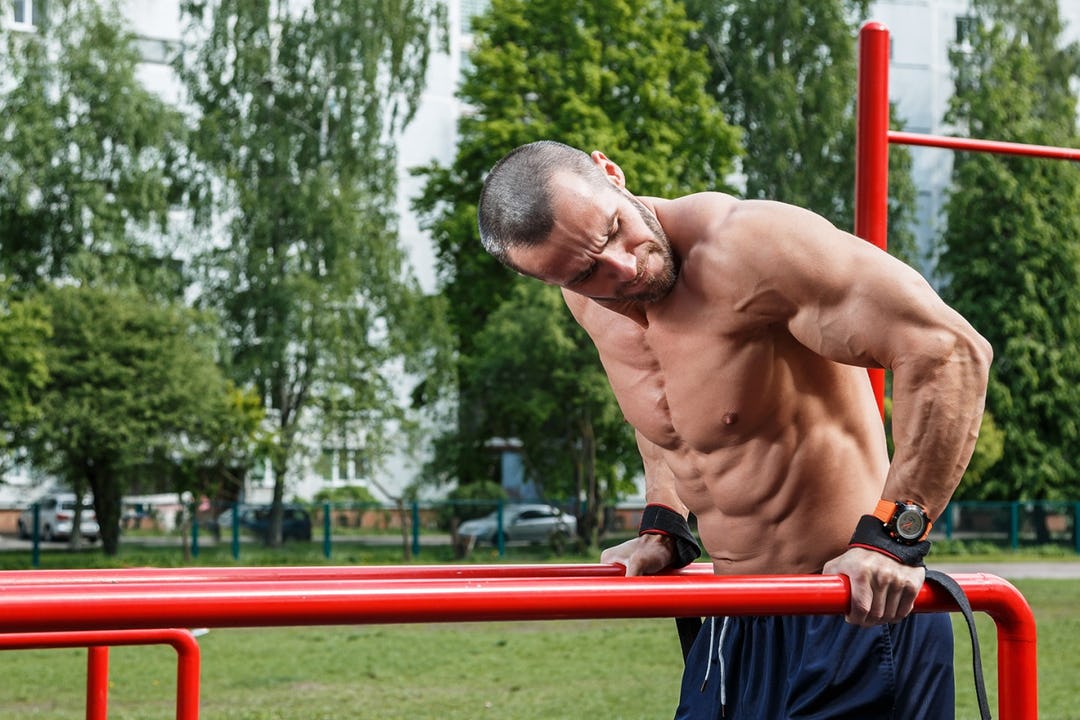
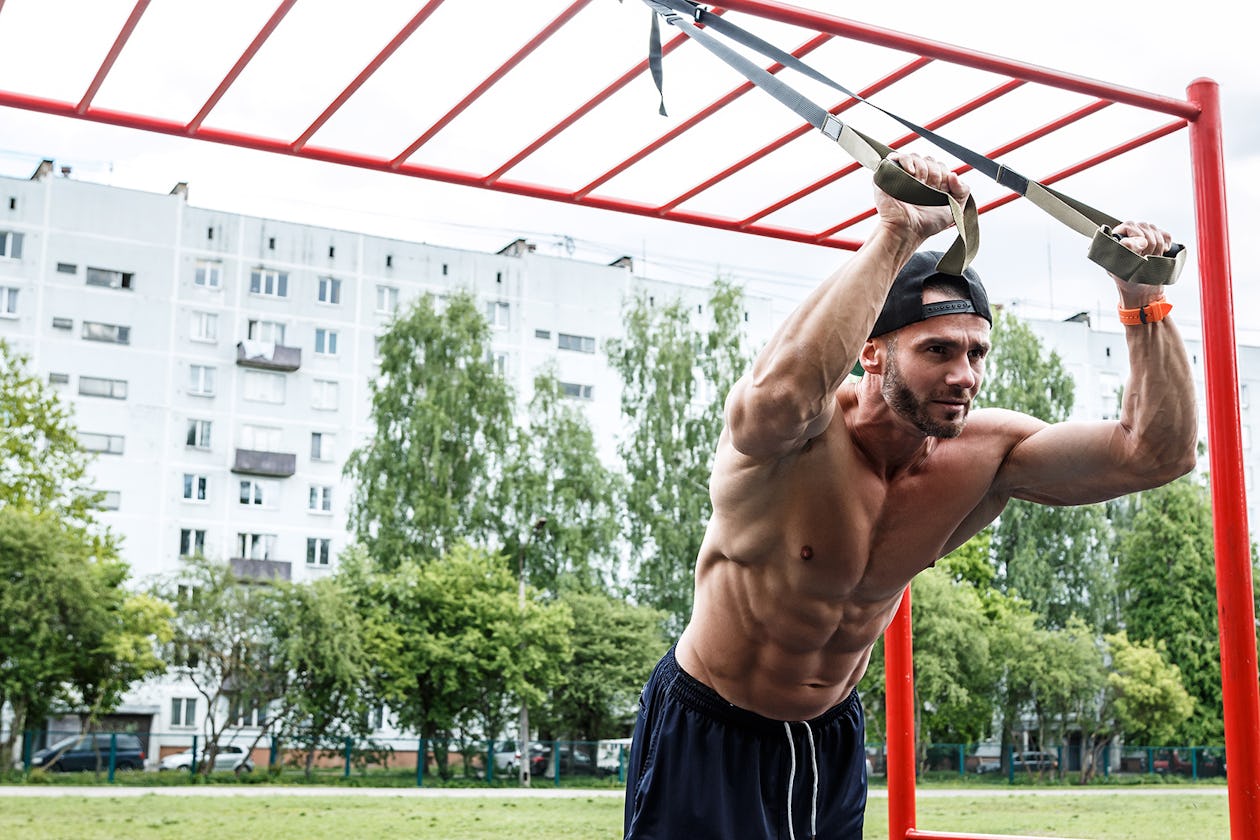
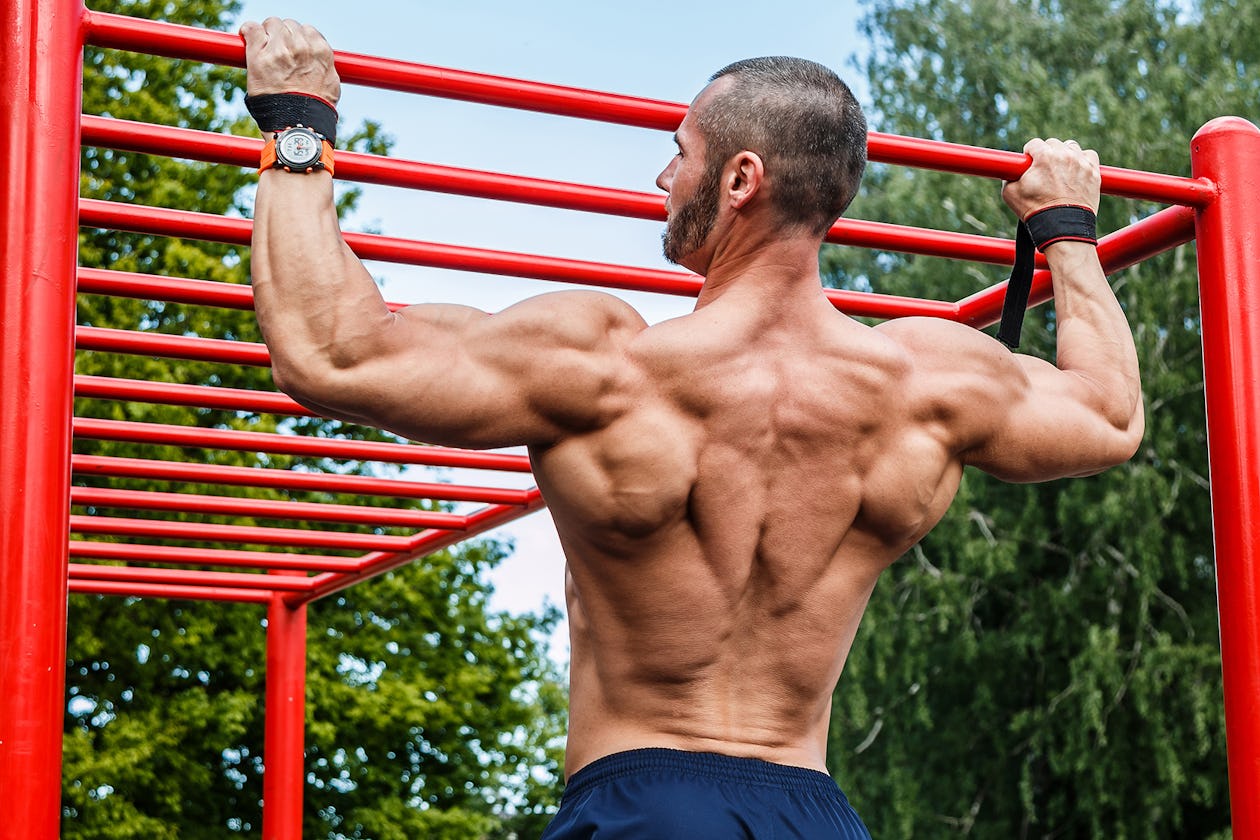
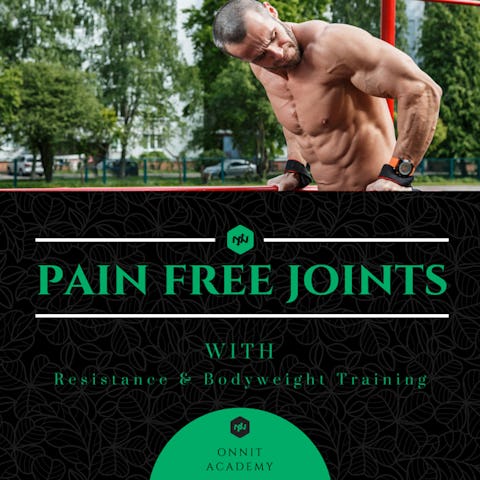
)

